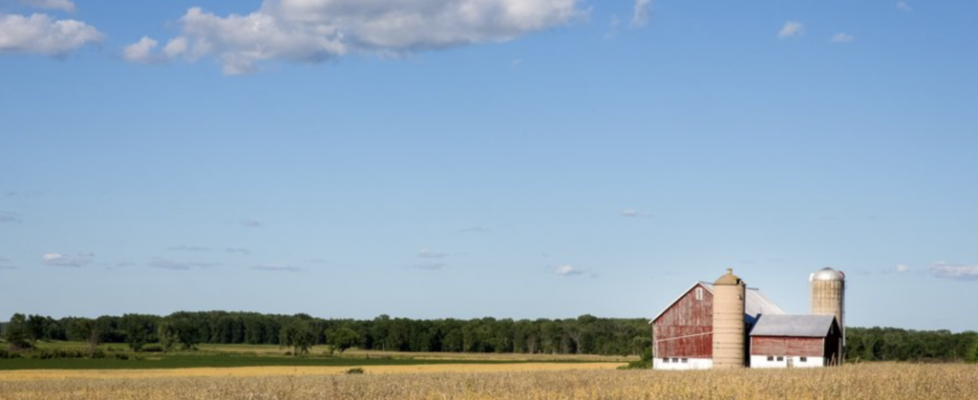HHS Releases Rural Action Plan
On September 3, 2020, the Department of Health and Human Services (HHS) released its Rural Action Plan (the “Plan”). The Plan: (i) details the challenges rural communities endure; (ii) provides an assessment of current and upcoming rural healthcare efforts; (iii) lays out a “Four Point Strategy” to address the disparities between rural and urban communities; and (iv) lays out an action plan featuring 71 action items for remediating the disparities consistent with the Four Point Strategy.
Challenges Faced By Rural Communities
The Plan notes that rural communities are demographically more at risk than their urban counterparts. The Plan notes that rural communities:
- have a median household income of $46,000, as compared to $62,000 in urban communities – making their poverty rate 16.9%, whereas urban communities have 13.6%;
- have higher rates of physical inactivity and a higher 65+ population;
- face serious health disparities compared to their urban counterparts; and
- have higher suicide rates and higher rates of avoidable or excess death, all while their hospitals are facing financial risks and closures more so than their urban counterparts.
The Plan’s Four Point Strategy
To mitigate these disparities, HHS released a four-point strategy that will be contingent on HHS’ other priority areas. The four point strategy focuses on building a sustainable health and human services model for rural communities by:
- encouraging rural healthcare providers to broadly transform service delivery;
- leveraging technology and innovation resulting in higher quality, cost-effective, efficient care and service to rural communities;
- an increased focus on preventing disease and mortality by developing efforts to ameliorate rural health outcomes; and
- increasing rural access to care by eliminating burdensome, inhibitory, regulation that makes needed clinicians unavailable.
Action Items
HHS, with the support of 18 agencies and offices, will work towards meeting their 71 action items through the end of 2021 by engaging in, among others, grants, contracts, policy & regulatory efforts, research & analysis and technical assistance.
One of the 71 action items is to increase technology and innovation via telehealth expansions in rural communities with a focus on tele-emergency and tele-behavioral health services. The action item calls for increasing budgets and grants to providers for the expansion of access to telehealth services to patients. As an example, under the Plan, HHS will give just shy of $9 million in grant funding to the Telehealth Network Grant Program, which will deliver telehealth-based emergency care consults to rural providers.
The Plan also calls for expanding the types of telehealth services available for reimbursement to providers and increasing the fees payable to providers for rendering telehealth services. For example, the Plan calls for an increase of Medicare’s fee-for-service telehealth payments, and will classify rural health clinics and federally qualified health centers in rural areas as distant site providers under Medicare, leading to an increase in reimbursement rates for these services.
Feedback on the Plan
As a result of the COVID-19 Pandemic, the use of telehealth services has skyrocketed. Experts estimate that prior to the pandemic only 11,000 Medicare beneficiaries were taking advantage of telehealth services in the first week of March 2020. That number dramatically increased to 1.7 million at the end of April 2020. Many health experts are encouraged by the desire to improve rural telehealth implementation and the Plan, but not all are convinced that the Plan will prove to be satisfactory. Some experts are concerned that the Plan contains shortcomings that could mute its potential. They cite funding concerns as a large shortcoming of the Plan, explaining that the money provided will not be enough to sustain widespread telehealth initiatives in rural areas.
Conclusion
Regardless of any critique, the Plan represents a valiant effort to alleviate healthcare disparities in rural communities across the United States. We will continue to monitor the implementation, success and shortfalls of the Plan in future blog articles.

